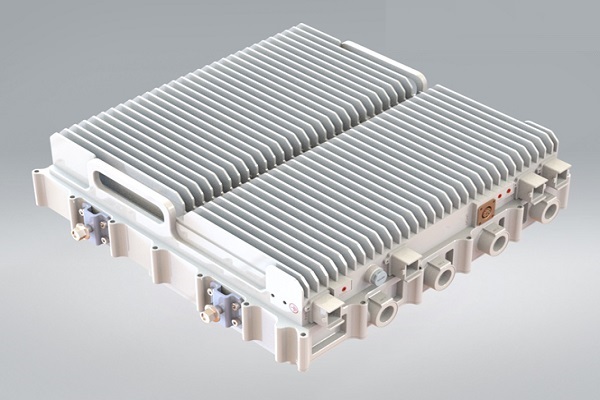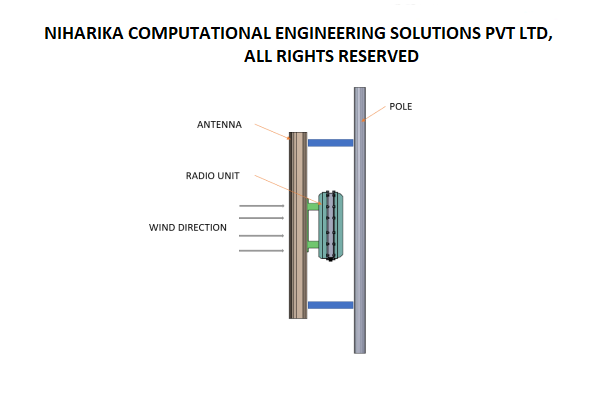CLOSED LOOP ANAESTHESIA DELIVERY SYSTEM : AN OVER VIEW
Closed loop anesthesia delivery systems are specifically engineered to automate and enhance the administration of anesthesia throughout surgical procedures. By constantly monitoring crucial indicators like oxygen levels and breathing patterns, these systems intelligently adapt the anesthesia dosage to ensure the patient receives the precise amount required at any given moment. This not only enhances the overall efficiency of the procedure but also significantly improves its safety. The inclusion of a canister in the system enables the gathering and confinement of exhaled gases, thereby preventing their emission into the surroundings. Through proficiently capturing and reusing these gases, the canister improves the effectiveness and accuracy of the anesthesia administration procedure. Flow valves play a crucial role in anesthesia delivery systems as they are responsible for maintaining accurate and consistent levels of anesthesia. These valves allow for the regulation of gas flow rates and pressure in closed loop anesthesia systems, which is essential for delivering the desired concentration of anesthesia to the patient. Through the adjustment of flow rates and pressure, an anesthesiologist can personalize the anesthesia delivery to meet the specific requirements of each patient, ensuring optimal sedation throughout the procedure.

REGULATORY COMPLIANCE
Regulatory compliance plays a vital role in anesthesia delivery systems as it guarantees the safety of patients and the quality of care provided. By adhering to regulatory standards, we can effectively minimize risks, prevent errors, and uphold the utmost standards in anesthesia practice. It is important to note that the prescribed limit for pressure losses in the closed loop anesthesia delivery system is approximately 04 centimeters of water column, equivalent to about 392 pascals.
CHALLENGES IN CONDUCTING CFD ANALYSIS
The intricate geometrical features of the Canister, as well as the flow control and flow regulating valves, along with the magnitude of regulatory prescribed pressure losses, necessitate a meticulously executed CFD analysis. Given that the regulatory prescribed limit for pressure losses is extremely small, even a slight approximation in the employed CFD process can significantly impact the accuracy of the analysis results. To ensure the highest level of accuracy, utmost care must be taken throughout the entire CFD process, starting from CAD cleanup to mesh size and distribution, boundary layer resolution, precise grid independence studies, and proper convergence of the solution. Additionally, it is imperative to validate the CFD analysis results by comparing them with experimentally measured data in order to establish confidence in the employed CFD process.

CFD ANALYSIS : SCOPE OF THE WORK
Our valued client, SkanRay Healthcare Technologies, a leading Global Medical Device OEM, entrusted us to carry out CFD analysis on the current prototype of the Closed Loop Anesthesia Delivery System. Our objective is to validate the CFD analysis results by comparing them with experimentally measured data. This validated CFD process will then be implemented in the prototypes that incorporate the proposed design changes.
CFD MESH GENERATION
The 3D CAD model of the Closed Loop Anesthesia Delivery System (CLADS) has been discretized using a Hybrid mesh, specifically with a fine resolution in the boundary layer region. The mesh count is approximately 18 million, ensuring the best quality Index. Through grid independence studies, the mesh has been optimized. As a result, the final mesh accurately resolves the flow and achieves stable and smooth convergence.
FLOW MODELLING
Flow is modeled as 3D, steady state, compressible, viscous, and turbulent flow. The turbulence closure is described by the K-Omega SST Turbulence model, with a y plus value of 0.8.
Our team demonstrated exceptional adaptability and collaborated closely with Skanray Technologies' R&D team. As a result, we achieved optimal correlation of results, ensuring flawless alignment between the test results and the CFD model. The aforementioned CFD process has been effectively utilized for the prototypes, even with subsequent design modifications.
We Got More
Go through All Our Case Studies

Thermal analysis of high voltage X-ray tank assembly
The client is a global medical device OEM, one of the fastest growing in this segment. The client has approached us with the existing design of the high-voltage X ray tank unit. The client is interested in understanding the heat transfer phenomena for the complete system, which enables him to make conscious engineering decisions to enhance the performance of the device. Our CFD model is validated with the experimental results. CFD model is finetuned in all possible aspects, and we ensured that it represents the actual physical phenomena. All the heat transfer paths are analyzed, and the heat balance sheet has enabled our client to take well-informed engineering designs. Read MoreComputational fluid dynamics analysis of neonatal body temperature controller unit
The Neonatal body temperature controller, an initiative by the Government of India, aims to protect newborn babies from Hypoxic ischemic encephalopathy. Our client is working with the Government of India and the Government of Karnataka state to develop this technology for usage in Primary Health care Centers in rural and remote areas. Read More
CFD analysis of dry powder inhaler and spacer
Optimal lung deposition of medication depends on the inbuilt resistance of the inhaler and the respiratory flow generated by the patient. Our client is a multinational conglomerate company based in London. Our collaboration has enabled them to analyze flow resistance in the dry powder inhaler for a range of inspiratory flow generated by patients from mild to severe chronic obstructive pulmonary disease. We employed precise CFD analysis practices to accurately capture the boundary layer and adopted meticulous verification steps to justify CFD analysis results. We delivered technically convincing CFD analysis results close to experimental values. Read More
CFD analysis of Multi Band Remote Radio Unit
The advent of 5G technology has brought about unprecedented advancements in wireless communications, enabling faster speeds, lower latency, and increased capacity. These advancements are associated with higher power consumption and increased heat generation in the 5G Remote Radio units.Increasing data rates and network densification require radio units to process larger volumes of data, leading to higher power consumption and heat generation. Environmental factors such as ambient temperature, humidity, and exposure to direct sunlight also impact the thermal aspects of the radio units. Read More


